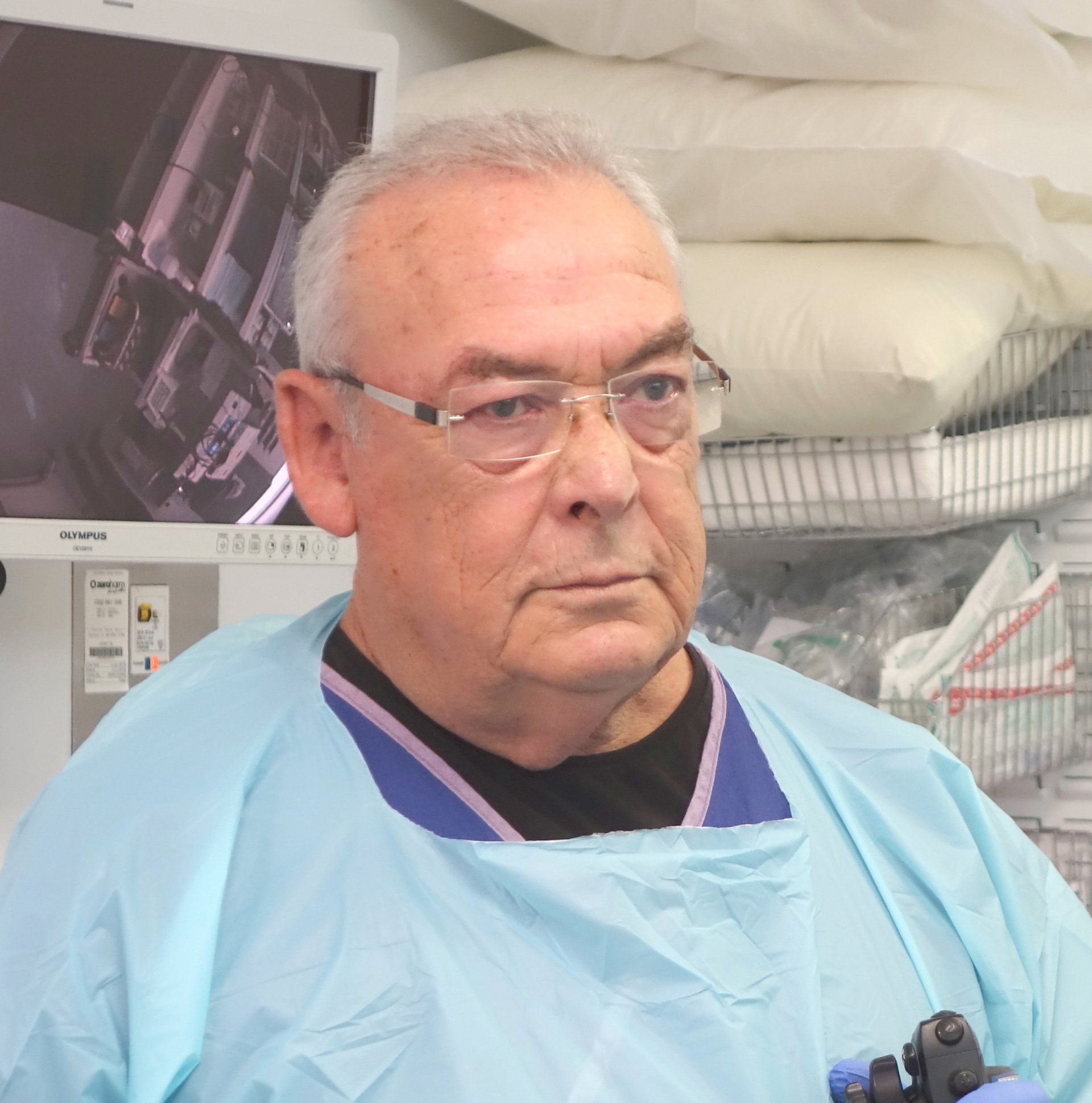Microscopic Colitis
What is Microscopic Colitis?
Microscopic Colitis is a very interesting disease, which we have only started recognising in the last decade or so as a common problem.
As the name suggests, the colon looks completely normal, but when we do biopsies, it shows inflammation.
It is similar to ulcerative colitis and Crohn’s disease in that it is not an autoimmune disease where your own cells cause colon inflammation.
It is, however, a much milder disease, so we do not see redness, inflammation or ulceration.
There are two types of this disease; the more common type is lymphocytic colitis. The less common type is collagenous colitis.
Interestingly, these diseases are associated with an increased incidence of other autoimmune diseases, and we get coeliac disease in up to 9% of patients who have this.
Doing a gastroscopy and small bowel biopsies is always worthwhile if we do confirm this diagnosis.
Who does Microscopic Colitis Affect?
Microscopic Colitis is commonly a disease of women above the age of 50.
Of course, we also get men or younger patients with this disease.
Symptoms of Microscopic Colitis
Typical symptoms are those of diarrhoea, blood and mucus are unusual, and the diarrhoea is often very troubling and can wake patients up at night; these symptoms are fairly typical and can be quite bad, with diarrhoea up to 10 or 20 times in 24 hours. Blood and mucus are typically not seen in patients with this problem.
Diagnosis of Microscopic Colitis
The only way to make a diagnosis is to do a colonoscopy and take biopsies. Biopsies confirmed that there is an inflammation and can categorise the severity and the type of the inflammation.
Treatment of Microscopic Colitis
Treatment is actually very successful.
We give a local steroid preparation. This is budesonide, which is seen in formulations, capsules which are 3 mg, and tablets which are 9 mg.
The better formulation is Cortiment, which comes on in a 9 mg tablet. Because this is a steroid, it reduces autoimmune inflammation. We all know steroids have bad side effects. But these are very interesting steroids because they get absorbed and channelled to the liver, where they get broken down. Only 10%, all about 1 mg, enters the circulation.
Remember that the normal steroid production in your body is about 7 mg and 24 hours, so this medication produces a very small extra amount
There are other ways of treating this disease. Some people use drugs that slow down the bowel, and other people use immunomodulator treatment such as methotrexate, but these are much more difficult to use.
Medications such as Imodium do not address the inflammation but address the symptoms of this disease. The problem with the budesonide (Cortiment) is that it is expensive.
Unfortunately, the PBS does not subsidise this medication. Some patients complain that it causes thinning of the skin and bruising
These tablets work well, and once we gain control of the symptoms, we can reduce the dosage to 1 tablet on alternative days.
In general, I recommend patients take this for at least a month. If the symptoms are under control, we can go to alternative day treatment As with all these chronic inflammation-type diseases, treatment may need to be long-term.
PROGRAM TRIAL IS UNDERWAY WITH NEW MEDICATION to irradicate Microscopic Colitis
Patients with Microscopic Colitis are about to undertake an eight-week program using a new medication specifically formulated to treat and irradicate microscopic colitis.
Dr Donald Walker
Write your caption hereMore
Dr Johan Van Den Bogaerde
Write your caption hereMore
Trusted for more than 25 Years
PANCREAS & BILIARY
Digestion Problems - Dyspepsia









